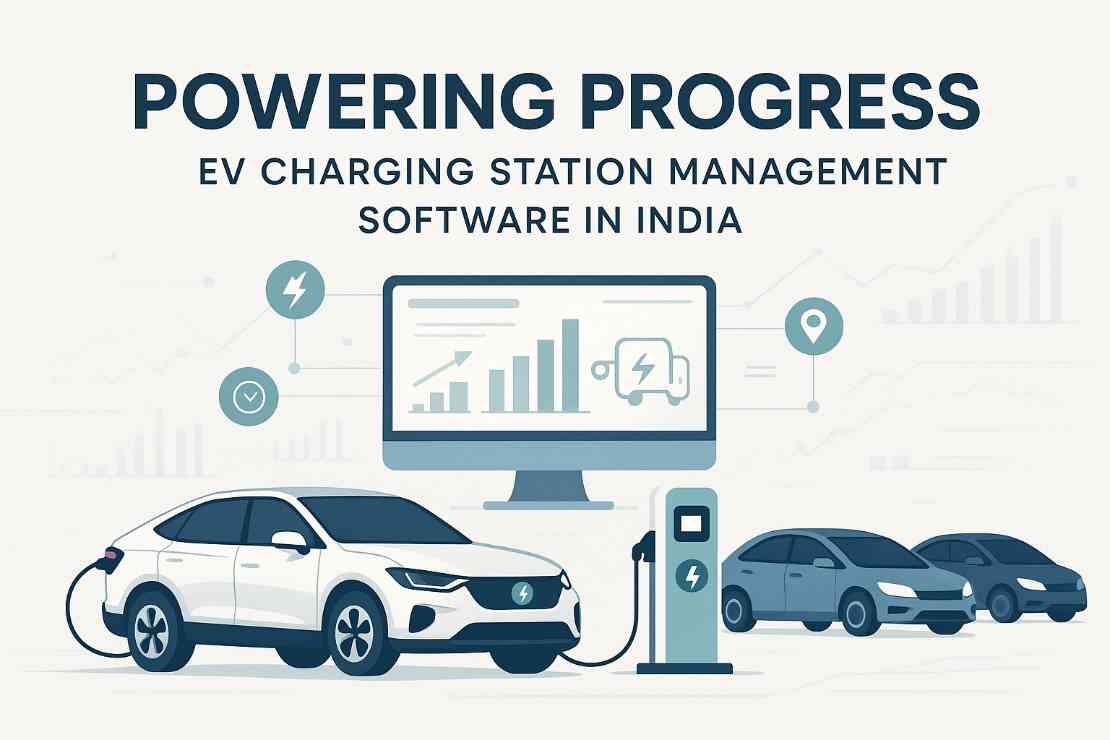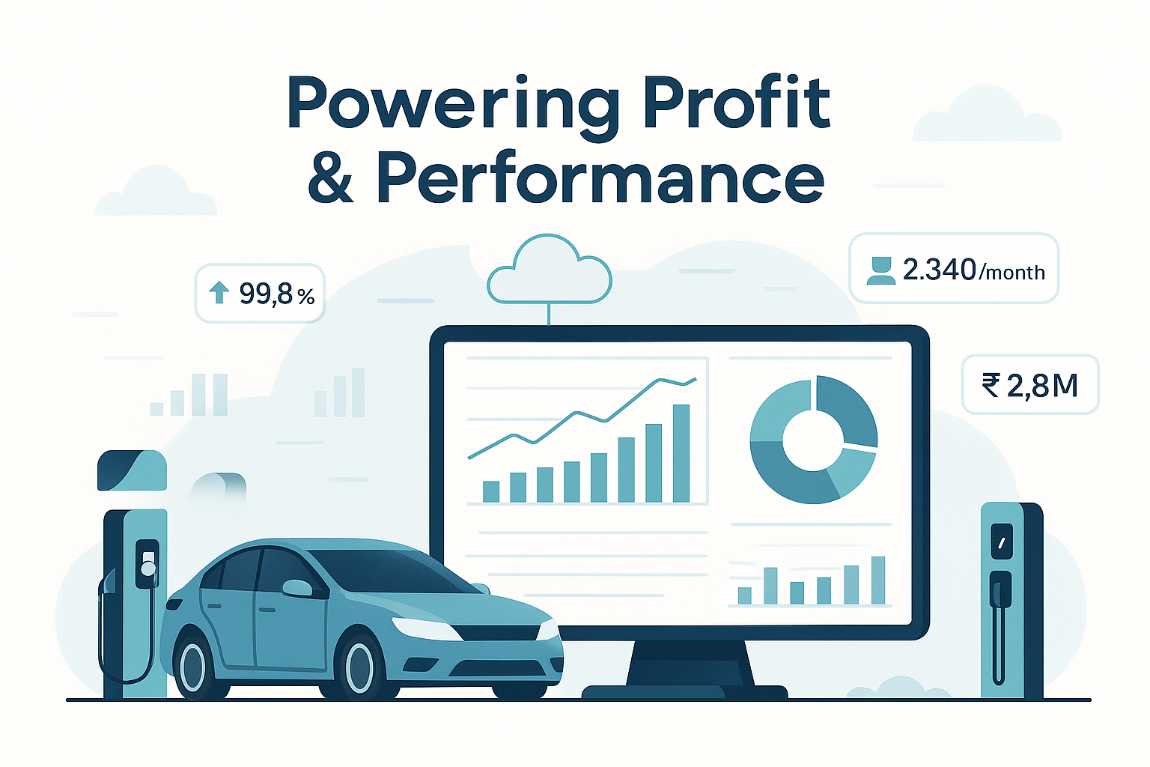Why CaaS Matters Now
Traditional “buy-own-maintain” models stall growth because every new site demands six-figure capital, years of permitting and perpetual technology risk. CaaS flips the script: specialist providers own and operate the hardware, software, energy-management stack and 24 × 7 support, while you pay a subscription aligned to utilisation. The result is faster launches and budgets you can forecast to the dollar .
The market has taken notice. Global CaaS revenue jumped from US $29.3 billion (2023) to US $37.3 billion (2024) and is projected to top US $104 billion by 2030 . As EV adoption races ahead of grid upgrades, service-based charging is becoming infrastructure’s default funding mechanism.
What Exactly Is Included?
A best-in-class CaaS contract bundles four pillars :
Many providers also wrap in site design, permitting, insurance and end-of-life recycling, eliminating administrative drag .
Nine Hard-Dollar Benefits for Operators

CaaS is more than cap-ex avoidance—its contractual structure unlocks efficiencies impossible under ownership :
- Zero upfront capital – preserve cash for vehicles and core growth.
- Predictable OPEX – flat or usage-based fees replace volatile repairs.
- Total risk transfer – technology, performance and energy-price risk migrate off your balance sheet .
- Rapid scalability – pre-approved designs compress build timelines from years to months .
- Built-in regulatory compliance – automatic firmware keeps sites aligned with OCPP 2.0.1, ISO 15118 and cybersecurity mandates .
- Revenue diversification – tiered speed pricing, retail partnerships and grid-services income.
- Data-driven decision-making – granular analytics feed pricing, siting and marketing .
- Enhanced driver loyalty – consistent uptime and seamless payments convert one-off users into regulars .
- Stronger ESG profile – real-time carbon tracking supports corporate reporting .
Where CaaS Delivers the Biggest Punch
Certain business models reap outsized value :
- Retail chains & commercial real estate — attract foot traffic without straining balance sheets.
- Legacy fuel forecourts — repurpose prime highway real estate without deep EV expertise .
- Last-mile and delivery fleets — predictable overnight demand pairs perfectly with per-socket plans.
- Municipal transit depots — uptime-linked grants align with CaaS guarantees.
Implementation Roadmap – From Feasibility to Go-Live

A disciplined rollout keeps projects on schedule and within scope :
- Feasibility (2–4 weeks) – load analysis, tariff modelling, site surveys.
- Contracting (4–6 weeks) – define SLAs, data rights, exit clauses and economics.
- Deployment (8–20 weeks) – permits, civil works, installation, commissioning .
- Go-Live (≈1 week) – driver onboarding, dynamic pricing calibration, marketing push .
- Continuous optimisation – storage add-ons, price tuning, replication.
Financial Modelling Essentials
A ten-year net-present-cost analysis captures lifecycle realities . Ownership exposes you to demand-charge spikes, obsolescence and unpredictable repairs, whereas CaaS providers absorb those variables . Fast-charging corridors usually hit CaaS break-even in year 4–5 once avoided downtime and demand charges are priced in .
Regulatory Tailwinds & Incentives
Performance-based programmes such as NEVI (US), AFIR (EU) and FAME-II (India) reward uptime, not ownership, giving CaaS operators a structural edge . Providers that shoulder compliance and reporting free customers to focus on growth .
Case Study – Urban Delivery Fleet
A 120-van fleet replaced ageing AC posts with twelve 120 kW DC chargers plus a 1 MWh battery. Results after 12 months :
- Charging window cut 46 %.
- Demand charges down 38 %.
- Unscheduled downtime under one hour per quarter.
- NPV savings: US $510 k over five years, funding vehicle expansion .
Risk-Mitigation & Negotiation Checklist
Before you sign, lock in these protections:
Best-Practice Playbook for Long-Term Success
- Bundle stationary storage early; it trims peaks today and monetises grid services tomorrow .
- Adopt open protocols (OCPP 2.0.1, ISO 15118) to avoid vendor lock-in .
- Integrate charging data with fleet, POS and CRM platforms to automate billing and maintenance .
- Deploy tiered or dynamic tariffs to nudge drivers toward off-peak charging and maximise revenue .
- Align SLAs to customer-centric KPIs: queue times, payment success, user-visible uptime .
Links for Deeper Insight
Compare leading EV charging software platforms to streamline operations.
Understand Type 2 charging standards and how they unlock new revenue streams.
Optimise payment systems for friction-free driver experiences.
Conclusion – Turn Infrastructure Into a Service, Not a Liability
CaaS empowers CPOs and fleet operators to deploy dense, future-proof charging networks without gambling scarce capital or wrestling with maintenance. By shifting to a subscription-based, performance-guaranteed model, you preserve liquidity, accelerate roll-outs and deliver the reliability drivers demand. Ready to evaluate sites, economics and timelines? Pulse Energy’s consulting team can prepare a zero-obligation feasibility study tailored to your network goals.
Electrification waits for no-one—make charging an operating line, not a capital headache.








